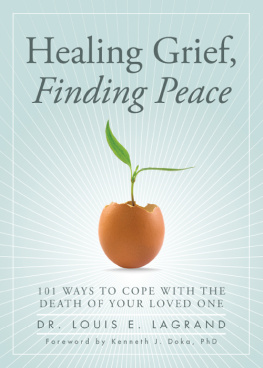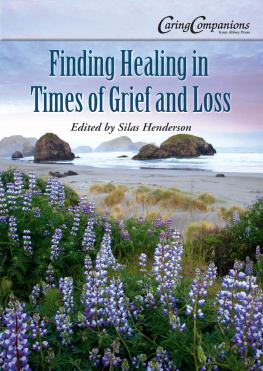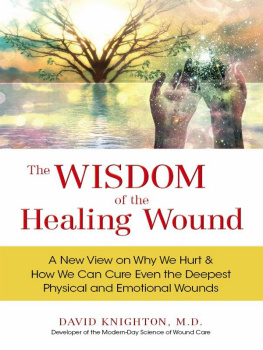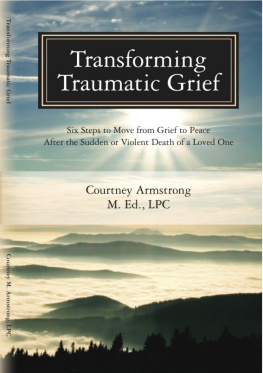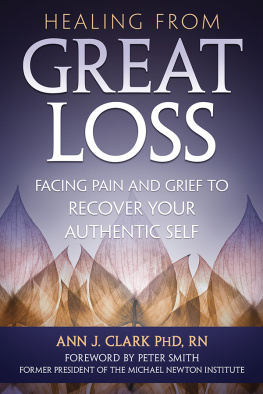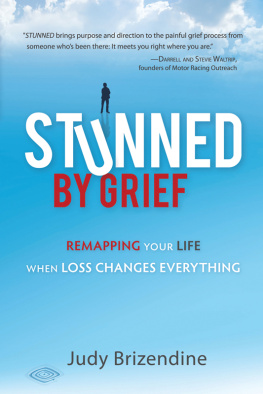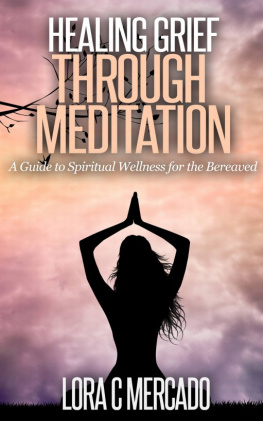
Copyright 2011 by Louis LaGrand
Cover and internal design 2011 by Sourcebooks, Inc.
Cover design by Cyanotype Book Architects
Cover image Barcin/iStockphoto.com
Sourcebooks and the colophon are registered trademarks of Sourcebooks, Inc.
All rights reserved. No part of this book may be reproduced in any form or by any electronic or mechanical means including information storage and retrieval systemsexcept in the case of brief quotations embodied in critical articles or reviewswithout permission in writing from its publisher, Sourcebooks, Inc.
This publication is designed to provide accurate and authoritative information in regard to the subject matter covered. It is sold with the understanding that the publisher is not engaged in rendering legal, accounting, or other professional service. If legal advice or other expert assistance is required, the services of a competent professional person should be sought.From a Declaration of Principles Jointly Adopted by a Committee of the American Bar Association and a Committee of Publishers and Associations
This book is not intended as a substitute for medical advice from a qualified physician. The intent of this book is to provide accurate general information in regard to the subject matter covered. If medical advice or other expert help is needed, the services of an appropriate medical professional should be sought.
All brand names and product names used in this book are trademarks, registered trademarks, or trade names of their respective holders. Sourcebooks, Inc., is not associated with any product or vendor in this book.
Published by sourcebooks, inc.
P.O. Box 4410, Naperville, Illinois 60567-4410
(630) 961-3900
Fax: (630) 961-2168
www.sourcebooks.com
Library of Congress Cataloging-in-Publication Data
LaGrand, Louis E.
Healing grief, finding peace: 101 ways to cope with the death of your loved one / by Louis E. LaGrand.
p. cm.
Includes bibliographical references.
(pbk.: alk. paper) 1. BereavementPsychological aspects. 2. DeathPsychological aspects. 3. Grief. I. Title.
BF575.G7L337 2011
155.937dc23
2011031247
Printed and bound in the United States.
VP 10 9 8 7 6 5 4 3 2 1
Dedicated to all who are mourning and all who must inevitably respond to the opposite side of the coin of love.
The best thing for being sad is to learn something. That is the only thing that never fails.
T.H. WHITE IN THE ONCE AND FUTURE KING
Act as if what you do makes a difference. It does.
WILLIAM JAMES
Contents
Foreword
We have no choice about grief. No one asks if this is a convenient time for someone we love to die. We have no choice in that we will react to that loss. Our reactions may be intense and consuming or, perhaps, more muted. Our grief may be expressed in the ways that we feel or think about our loved one, or in how we behave. Our grief may even affect us spiritually or physically. We have no choice as to whether we will reactthat is a given.
We do have choices, however, in how we cope with our griefon how we adapt to the loss, however horrible, that we experienced. That is the gift of Dr. Louis LaGrands book, HealingGrief, Finding Peace. Dr. LaGrand offers a plethora of ideas, proven over time, which will help us even as we deal with grief. He speaks from great experience. For over thirty years, Dr. LaGrand has been a pioneer in the study of grief. He has not only taught, researched, and written about grief, he is also a counselor. His advice and recommendations reach from and to both heart and head.
As we read these recommendations, it is important to maintain our own personal prism, our own lens. LaGrand offers a buffet of ideassome of them will be suitable, while others may not necessarily resonate. Thats the joy of this book. With a hundred ideas and suggestions, we will be sure to find much that satisfies and nourishes us as we journey with grief.
Many of LaGrands suggestions are solid fare. The first half of LaGrands presentation suggests we learn about grief, understand and validate our feelings, and proactively respond to them. We know, for example, that certain days such as holidays and birthdays will be difficult. We need to understand that we can plan for themreflecting on who we want to be with, how we want to spend the day, and what we wish and need to do. This section is the meat and potatoes of LaGrands book.
The next half includes more subtle suggestions. LaGrand is sensitive to all the current trends in contemporary grief theory. He understands that we never give up our relationship with the person who died, that we continue to maintain a bond. In fact, his earlier work on the extraordinary ways that we experience the presence of the deceased through dreams, visions, olfactory experiences (such as smelling her perfume), symbolic experiences, or synchronicities underlies that notion that we never lose a connection. Rituals, memorials, and symbolic mementoes can all offer reminders of that continuing connection.
LaGrand is responsive as well to all the losses that can generate grief and shows particular sensitivity to the techniques that disenfranchised grieversthat is, those who have losses unacknowledged by otherscan use to effectively cope with grief.
Most importantly, LaGrand understands a powerful and important lesson about griefthat even in grief, we can still grow. Certain experiences, my godson once reminded me, leave you only two choicesto grow up or to grow down. Loss and grief are such experiences. As we cope with our loss, we may gain new insights and different perspectives, or cultivate new skills. We may have an enhanced understanding of the power and importance of relationships or the fragility of life that leads to a renewed appreciation of life, even in loss. We can, as my godson said, grow up. That too is one of our choices.
Kenneth J. Doka, PhD
Professor, The Graduate School, The College of New Rochelle
Senior Consultant, Hospice Foundation of America
Acknowledgments
A book about managing grief is essentially one built on the wisdom of those who have gone before us. I am especially indebted to all who I have been privileged to serve. You have taught me so much through the years and also helped me understand that each of us possesses the strength that lies deep within to deal with the most difficult losses imaginable.
I deeply appreciate and thank each of you for sharing your feelings and thoughts with me and helping me realize that grief is a part of life that causes us to examine our beliefs and expectations. This examination consistently results in developing a new awareness and growth as we adapt.
I also wish to thank everyone who has read various portions of the manuscript and offered valuable advice. Ben Wolfe, Delpha Camp, Jane Bissler, Chris Duminiak, and Tom Toolen I deeply appreciate the time and energy you willingly gave in shaping the final product.
A special thanks goes out to Ken Doka, a long-time colleague, who so willingly has shared his knowledge about grief with thousands of people throughout the world. His skills as a therapist are of the highest quality.
And finally, I thank Kelly Bale my editor at Sourcebooks. You are truly an outstanding professional and your suggestions have been, without question, a great contribution.
First Words: How You Can Ease the Hurt and Heartache
To him who is determined it remains only to act.
ITALIAN PROVERB
Time heals all wounds is an often quoted message of hope given to those mourning the death of a loved one. Regrettably, it is a half-truth at best. As a wise mother whose seventeen-year-old son was killed in an automobile accident said to me: Time only heals if you work between the minutes. By working between the minutes, you change your relationship to your great loss, see it from a different perspective, and realize that love lasts forever. The chain of lovethe relationshipis never broken.
Next page
